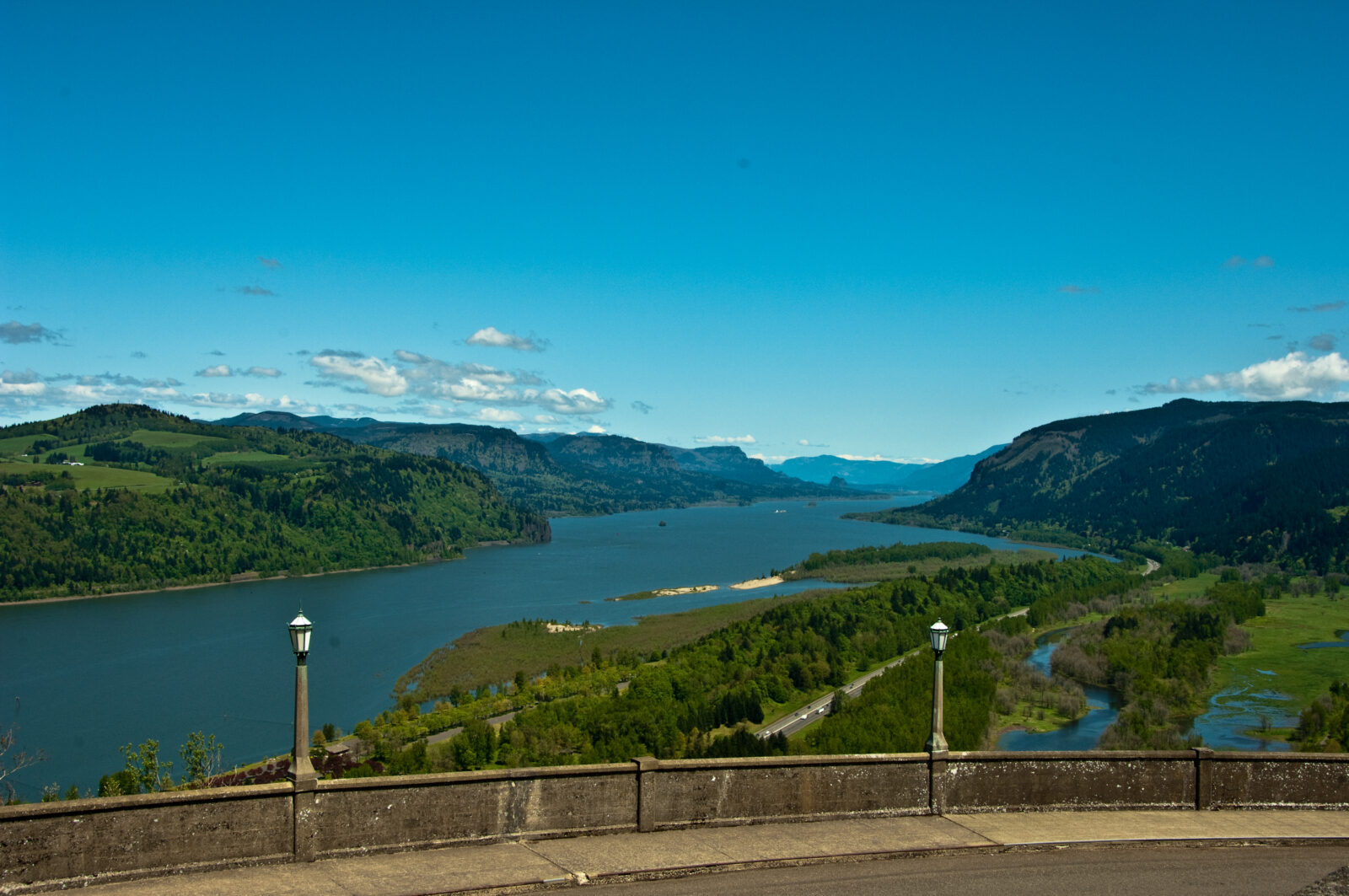We have much more to do and your continued support is needed now more than ever.
A Race Against Extinction for Northwest Salmon
Restoring a river and recovering salmon: A big step forward in the race against extinction

As we launch into 2024, we mark International Day of Action for Rivers and the start of a new era for Snake River restoration and salmon recovery in the Northwest. According to NOAA, it couldn’t happen soon enough. A 2022 NOAA report stated that “…it is imperative to start taking actions immediately.” So late last year, the Biden administration did just that.
That’s big news for someone who grew up on the banks of the Columbia River. By moving forward with the Columbia Basin Restoration Initiative (CBRI), we finally have a comprehensive roadmap to rebuild imperiled fish populations, honor Tribal treaty rights, and restore healthy ecosystems. We are now one step closer to a future where abundant salmon populations and energy can coexist.
Salmon have defined my connection to the Northwest. Yet, across the decades, I’ve come to know an uncomfortable truth. Salmon, steelhead and other native fish species of the Columbia River Basin have been going extinct my whole life. Now, as a father with my own children, my work focused on recovering these fish, a national treasure, is more meaningful than ever.

Snowpack matters….
Why the urgency? We’ve just witnessed the hottest decade on record. The shift in our climate is real: for wildlife, for people, and for our hydroelectric system. Our snowpack is diminishing, our forests are burning, and our rivers are running dry. This begs another question: How do we continue to power the Northwest with hydro? The short answer is that we can’t. We’ll see a large increase in summer peaks as climate change drives people to turn up the AC and when river flows are at their lowest. And the shifts in rainfall and snow pack are pushing river flows even lower, draining the power from the regional energy system.
With summers to become our fastest-growing reliability stress period, we must keep in mind that the Northwest is expected to see an increase of electricity demand—about 50% more by 2050 as we electrify transportation and buildings. Dams will not be able to increase their generation much, if at all, to meet this demand. How long will it be before they fail the stress periods?
While dams have powered our success in the Northwest across the decades, we need to rethink our relationship with hydroelectricity. Energy from the lower Snake River has come at a high cost to wildlife. The fish aren’t coming back as they did before, and fishing season gets shorter every year. Given these dams only supply 4% of the region’s electricity, they do more damage than good. Outdated and expensive to maintain, they also have an outsize negative impact on salmon and steelhead runs—heating reservoirs to fatal temperatures to cold-water fish. Therefore, of the dams in the Columbia River Basin, we must acknowledge that not all dams are equal. The Columbia River Basin Initiative is a long-needed action plan that does just this. It separates out the good dams from the bad.
For Northwest communities that depend on and are often defined by these fish, the Columbia River Basin Initiative represents a tremendous victory in salmon conservation and recovery. It’s also a victory for much-needed upgrades across sectors, including transportation, farming and irrigation. And of course, it provides a blueprint to meet our growing clean energy demands.

A race against extinction
I was moved by the words of Jeremy Takala, Chair of the Yakama Nation Tribal Council’s Fish and Wildlife Committee. In his recent testimony to Congress he stated: “As the U.S. Supreme Court recently affirmed, Treaty fishing rights include the right to actually catch fish, not just to dip our nets in empty waters without salmon.”
Extinction is forever, dams are replaceable. Northwest communities and the ecosystem that sustains us cannot afford to lose our iconic salmon. And on this point, we cannot get it wrong and the science is irrefutable: Almost half of Snake River spring chinook salmon populations have reached near-extinction thresholds. In a 2022 report, NOAA specifically highlights that removing these dams would be our best hope to recover Columbia River salmon.
I’ve met with the energy experts who are at the forefront of our shifting energy landscape. It’s clear that a clean energy transition is already underway in the Northwest—and it is poised to rapidly accelerate. The energy benefits of the four lower Snake River dams can readily be replaced with little or no increase in utility customer rates. With smart investments, we can decarbonize our future and conserve and recover wildlife.
These fish are our national treasure. The opportunity is within our grasp, and it must be seized.
As a father, as a Northwest native, and as someone who loves the salmon that define our mighty rivers, I couldn’t be more excited. Together, we are moving toward a future where energy and salmon can truly coexist.





















